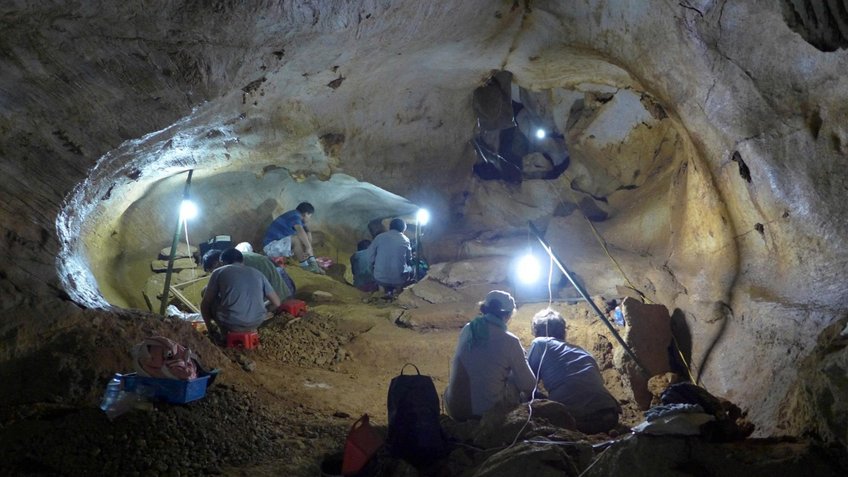
A recent study led by the Max Planck Institute of Geoanthropology has shed light on how dietary flexibility influenced the survival of mammals during climate changes in Southeast Asia over the past 150,000 years. The research team examined fossil teeth discovered in Coc Muoi Cave, a significant site in Vietnam, to analyze the diets and habitats of various species that existed during this period.
The findings reveal that mammals with diverse diets and adaptable habitats were more likely to survive environmental shifts, while specialists who relied on narrow dietary niches faced extinction. By studying 141 fossil teeth, dating from 150,000 to 13,000 years ago, the researchers employed stable isotope analysis to assess how these ancient animals responded to changing climates.
According to lead author Nicolas Bourgon, “By analyzing chemical traces in tooth enamel, we can piece together ancient diets and environments in remarkable detail.” This analysis included a range of species, from adaptable animals like sambar deer and wild boars to more specialized species like orangutans and giant tapirs. The study demonstrates that generalist animals exhibited broader isotopic ranges, indicating their ability to thrive in varying conditions.
Insights from Fossil Analysis
The research highlighted that animals such as macaques and wild boars adapted well to environmental changes, as noted by their wide isotopic ranges. In contrast, species like orangutans, which once roamed widely across Southeast Asia, showed a strong reliance on specific habitats and diets. Isotope analysis revealed that orangutans depended heavily on fruits from closed-canopy forests, a pattern that has persisted even through significant environmental changes.
Co-author Nguyen Thi Mai Huong, from the Anthropological and Palaeoenvironmental Department of Vietnam’s Institute of Archaeology, remarked, “Even though modern orangutans can turn to alternative foods during hard times, their survival still depends on intact forests. It looks like this has been true for tens of thousands of years.”
As Southeast Asia faces rapid deforestation, the implications of this research are vital. The authors underline the necessity of conserving not just individual species but also the ecological conditions that support them.
Lessons for Modern Conservation
Senior author Patrick Roberts emphasized the importance of understanding how species coped with ancient environmental pressures to predict their resilience in the present day. “Understanding how species coped with ancient pressures helps predict their resilience today,” he stated.
The study serves as a reminder of the ecological challenges facing many species in the modern world. The insights derived from ancient mammals can offer critical guidance for current conservation strategies, reinforcing the need to protect both biodiversity and the ecosystems that sustain it.
Bourgon concluded, “This is about more than just ancient animals. It’s about learning from the past to protect the future.” As the threats of climate change and habitat loss intensify, the lessons from our ancient past may prove crucial for the survival of many species today.







